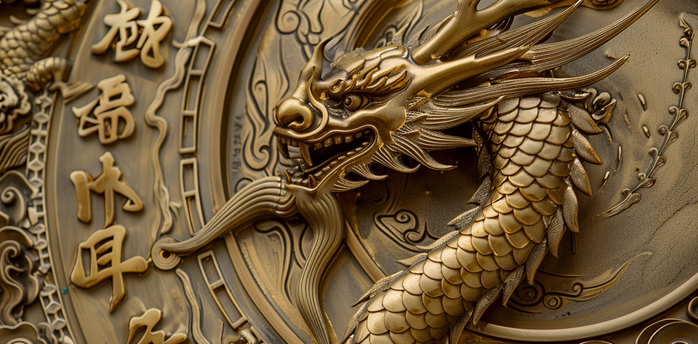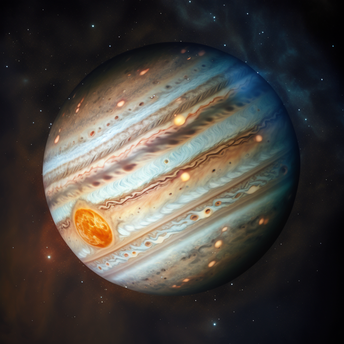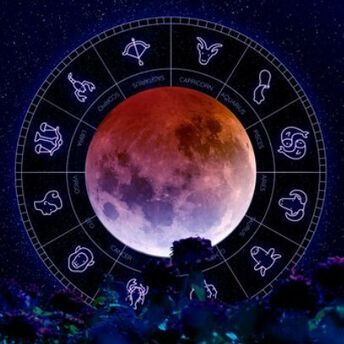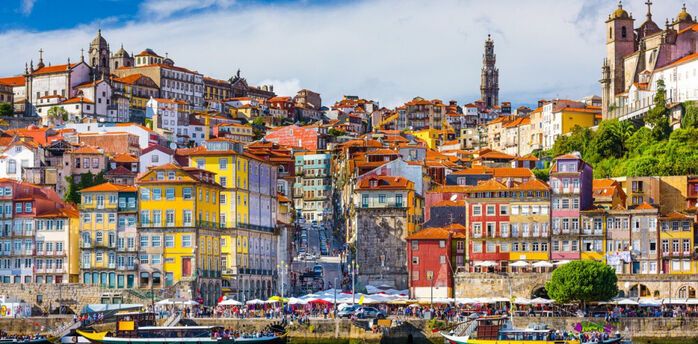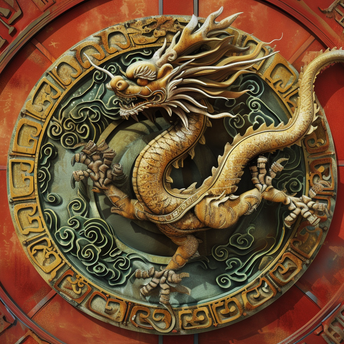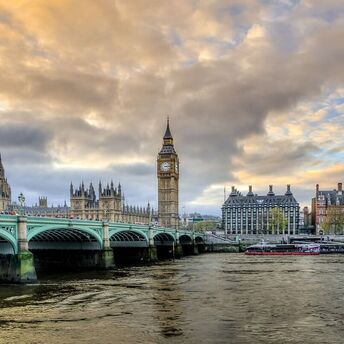Birthplace of the Apocalypse: What the "sacred" island of Patmos hides
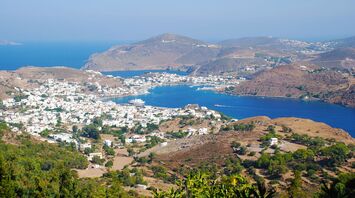
Patmos is a small Greek island in the Aegean Sea that is well known to all Christians around the world. It was here that John the Theologian wrote the last pages of the New Testament and described the infernal scenario of the end of the world.
Travellers who visit this island can find a sacred grotto, at the entrance of which guests will be greeted by a sign that reads "Cave of the Apocalypse," where the apostle saw a vision that he eventually transferred to the Bible. CNN Travel shared other interesting places in Patmos that are no less worthy of travellers' attention.
"Sacred Island"
The main sacred place on the island is the Monastery of St. John. This majestic citadel towering over the island was founded by a Greek monk in 1088. The remains of the original 11th-century building have been preserved to this day, including parts of the fortifications, a kitchen, some cells, a cistern, and a church with beautiful frescoes.
In addition, tourists can visit the museum and library, which keep original Byzantine seals with imperial monograms, as well as a firman, a type of decree issued by Sultan Mehmed the Conqueror in 1454, which confirms the monastery's independence and appoints a monk as a tax collector. In addition, the local library contains 1200 handwritten parchments and scrolls, including sheets of the Gospel of Mark dating back to the 6th century.
Rainbow Beach
The local beach of Lambi is located in the north of the island and is covered with colourful pebbles. Here you can visit the Kallikatsu rock, which is considered to be cursed, as well as the wonderful fishing village of Grikos. Not far from this picturesque beach tourists can see how French winemakers grow grapes on 20 acres of land. In addition, there are 3 windmills on a hill near the monastery, one of which makes whole wheat flour.
Earlier, TravelWise reported that last year Greece received 32.7 million tourists.


